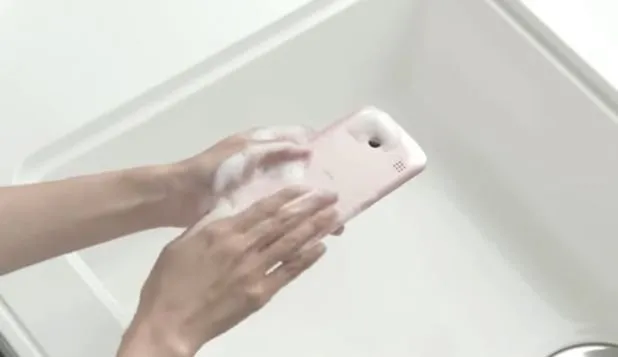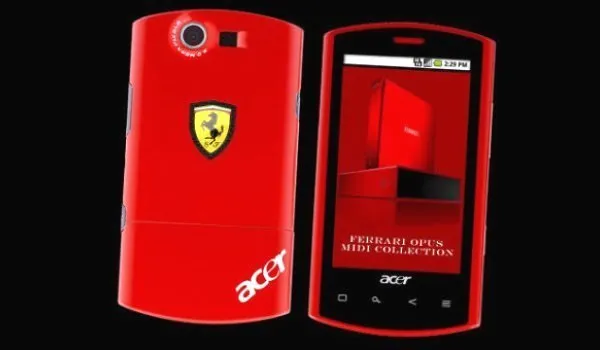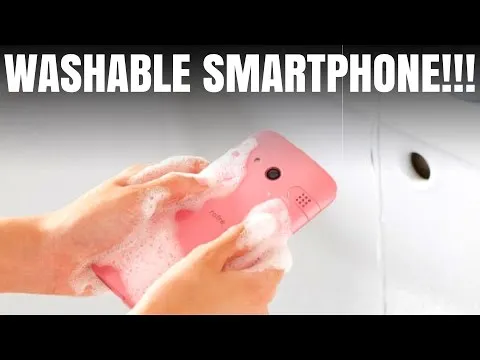The Japanese company Kyocera has launched a smartphone model that you can wash with soap and water. The phone, called Kyocera Rafre, will be available in Japan in March. There are many other waterproof models on the market, but it is not recommended to be washed with water, soap or detergent regularly.
The device from Kyocera is addresses to those who have jobs where they have to get their hands dirty. They can use the new smartphone without fear that it will get dirty.

New Rafre Nougat running Android 7.0, has a screen diagonal HD 5-inch, 2 GB RAM, internal storage capacity of 16GB and battery of 3,000 milliamps. The terminal has main camera sensor with 13MP and 5MP secondary.
Kyocera Rafre - A Washable Smartphone
A unique feature is the Smart Sonic Receiver technology that resides speakers in the water and dust could enter. The sound is transmitted through vibrations of the screen, a feature that the thin LG TVs has it.
Maybe you want a Ferrari smartphone?
The small universe, but flashy, of the foodie gadgets, it was enriched with a brand new item, a red-glowing: Liquid smartphone launched by Acer in partnership with Ferrari and produced a limited run of 200,000 copies. Acer hopes that this model help the company to increase sales in the crowded smartphone market, where Acer play, yet, only a modest role.

Based on software from Google Android product, Liquid is clearly intended for admirers of the famous automotive brands, that reaches its buyers, ready loaded with a specialized content: information about Ferrari and its Formula 1 team.
Acer, the second seller of PCs worldwide, entered into the smartphone market only last year and hope that in 3-5 years to get a "slice" of 6-7% of the market.
A smartphone that has a toxic gas detector
A smart phone that detects toxic chemicals in the air has been developed by the U.S. Department of Homeland Security Science and Technology Directorate. The phone contains an inexpensive sensor that has the ability to alert either the cellphone user of an imminent threat or a central station that can track alerts from multiple users.
US Department of Homeland Security is working with NASA and two private companies, Qualcomm and Technology Rhevision for prototype development. But it will still take several years before the device will be available in the market.
